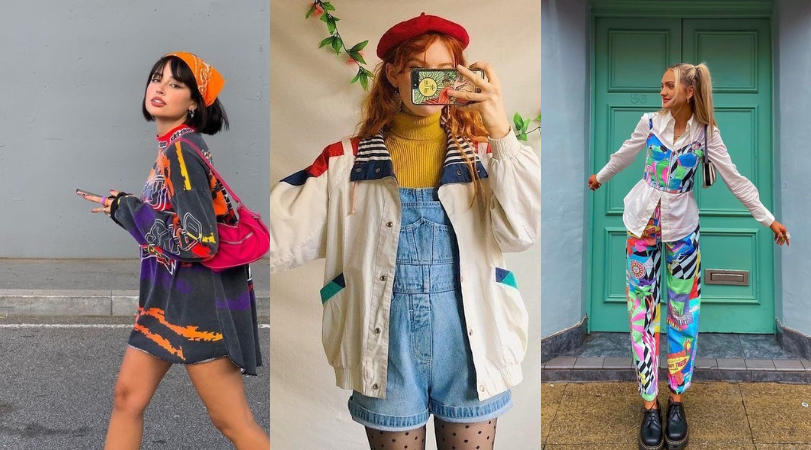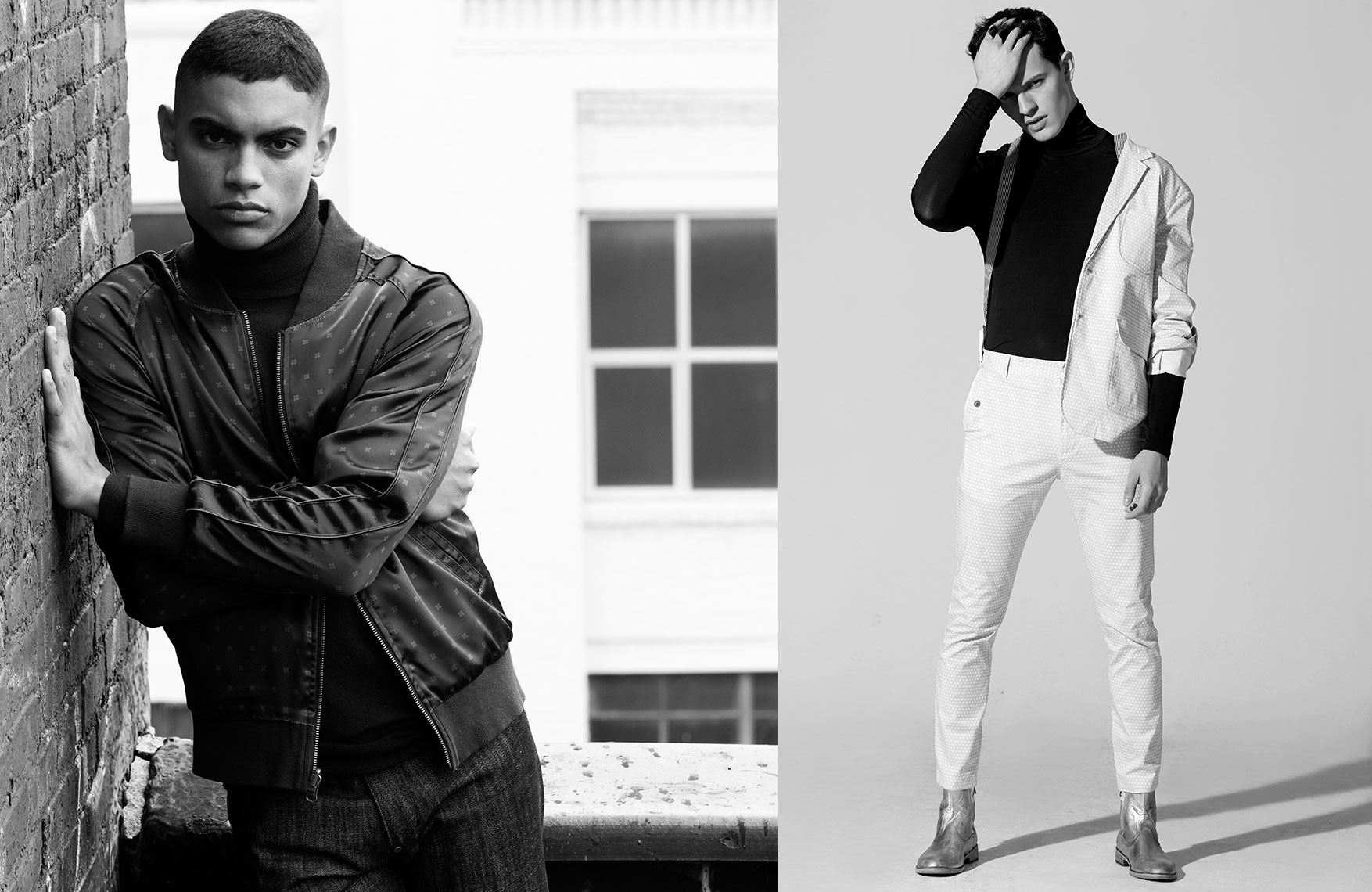Fashion has always been a mirror of the times, reflecting cultural, political, and societal shifts. From the early 20th century to the present day, the evolution of fashion has been marked by dramatic changes, each era defining its distinct style and aesthetic. Below, we explore the key phases in the evolution of fashion from the 1900s to today.

Early 20th Century: 1900s-1920s – The Age of Elegance and Liberation
- What: The early 20th century was dominated by Edwardian fashion, which was characterized by opulent, elaborate clothing. Women wore long dresses with tight corsets, and wide-brimmed hats were popular. Fashion was dictated by a rigid set of societal norms.
- When: The major turning point came during World War I (1914-1918) when the practicality of clothing became a priority. By the 1920s, the era known as the “Roaring Twenties,” fashion reflected the freedom and joy of post-war life.
- Why: The introduction of more practical, loose-fitting clothing, especially for women, was largely driven by the changing roles of women in society. The flapper style, featuring short dresses, dropped waists, and bobbed hair, symbolized female independence.
- Who: Designers like Coco Chanel revolutionized women’s fashion by introducing casual elegance and more comfortable clothing, breaking away from traditional corsets.
Mid-20th Century: 1930s-1950s – Glamour and Post-War Optimism
- What: The Great Depression of the 1930s influenced fashion to become more subdued, with practical fabrics and conservative styles dominating the scene. However, Hollywood movies kept glamour alive with satin gowns and fur accessories.
- Where: Paris remained the fashion capital of the world, but American fashion designers began to make their mark.
- When: Following World War II, the 1950s saw a return to femininity and extravagance in fashion. Christian Dior’s “New Look” in 1947, with its hourglass silhouette, voluminous skirts, and cinched waists, became the epitome of glamour.
- Why: After the austerity of wartime, fashion embraced luxury and beauty again, celebrating post-war prosperity and hope.
- Who: Alongside Dior, designers like Hubert de Givenchy and Cristóbal Balenciaga shaped 1950s fashion with their classic and refined designs.
1960s-1970s – The Youth Revolution and Radical Change
- What: The 1960s brought a cultural shift in fashion, where youth subcultures such as the Mods, Hippies, and Rockers had a significant influence. Bright colors, bold patterns, and mini skirts (popularized by designer Mary Quant) defined the decade.
- Where: London became the epicenter of fashion innovation, with Carnaby Street and the King’s Road at the heart of the youth-driven style.
- When: By the late 1960s and 1970s, fashion embraced the counterculture, with the rise of bohemian styles, bell-bottom pants, and ethnic prints reflecting the anti-establishment spirit of the time.
- Why: Fashion became a means of self-expression and rebellion against the conservative norms of previous generations.
- Who: Designers like Yves Saint Laurent and Pierre Cardin pushed boundaries with futuristic designs, while brands like Biba in London embodied the youthful, affordable fashion movement.
1980s-1990s – Power Dressing and the Rise of Streetwear
- What: The 1980s were characterized by excess and flamboyance. Power dressing became a trend, with women in the workforce donning shoulder-padded suits, reflecting confidence and authority. Bold colors, oversized accessories, and fitness-inspired fashion (think leg warmers and tracksuits) defined the decade.
- Where: New York became a major player in fashion, especially with the growing influence of street style and hip-hop culture.
- Why: The economic boom of the 1980s encouraged a culture of consumerism, and fashion became a symbol of wealth and success.
- Who: Designers like Giorgio Armani and Ralph Lauren became household names, while emerging streetwear brands like Stüssy and later, Supreme, set the foundation for the streetwear explosion in the 1990s.

2000s-2010s – Globalization, Fast Fashion, and Inclusivity
- What: The turn of the century brought about the rise of fast fashion, with brands like Zara and H&M producing trendy, affordable clothing at a rapid pace. Fashion became more accessible, but also more disposable, leading to criticism regarding sustainability.
- Why: The globalization of fashion meant that trends spread rapidly through the internet and social media, making the world more connected but also more homogeneous in terms of fashion trends.
- Where: Fashion capitals expanded beyond Paris and New York, with Tokyo, Seoul, and Shanghai emerging as major influencers in global fashion.
- Who: Fashion influencers and bloggers such as Chiara Ferragni redefined the way fashion was consumed and marketed, shifting influence away from traditional magazines and runways.
Present Day: 2020s – Sustainability, Gender Fluidity, and Technology
- What: The fashion industry today is marked by a growing awareness of sustainability, inclusivity, and the role of technology in shaping the future of fashion. Gender-fluid fashion and eco-friendly materials are at the forefront of current trends.
- Why: Consumers are more conscious of the environmental and social impact of their fashion choices, driving demand for ethical production and circular fashion (reuse and recycle).
- Who: Designers like Stella McCartney and brands like Patagonia are leading the charge in sustainable fashion, while newer labels like Telfar are redefining gender-neutral and accessible fashion.
- How: Innovations like virtual try-ons, 3D printing, and digital fashion shows have reshaped the fashion industry, especially in response to the COVID-19 pandemic.
Conclusion:
Fashion’s evolution over the past century reflects the significant cultural, political, and technological changes that have shaped society. From the elegance of the 1920s to the rebellion of the 1960s, the power suits of the 1980s, and the eco-consciousness of today, fashion continues to be an expression of individuality and a reflection of the times. The future of fashion looks to be more inclusive, sustainable, and technologically integrated than ever before.


